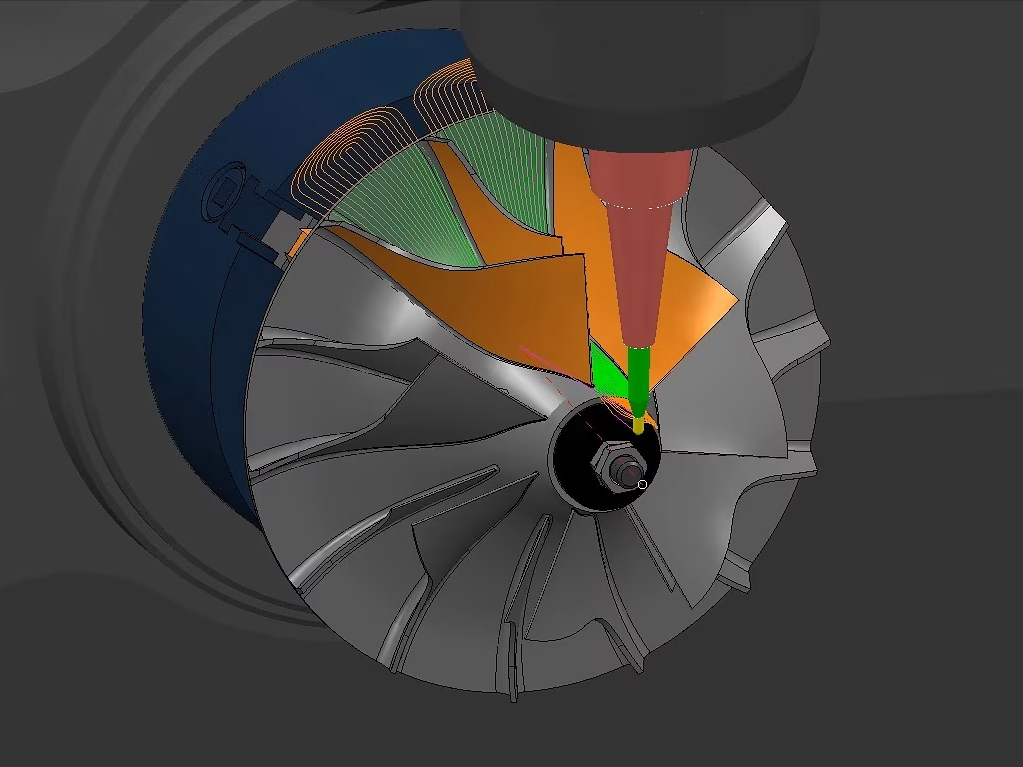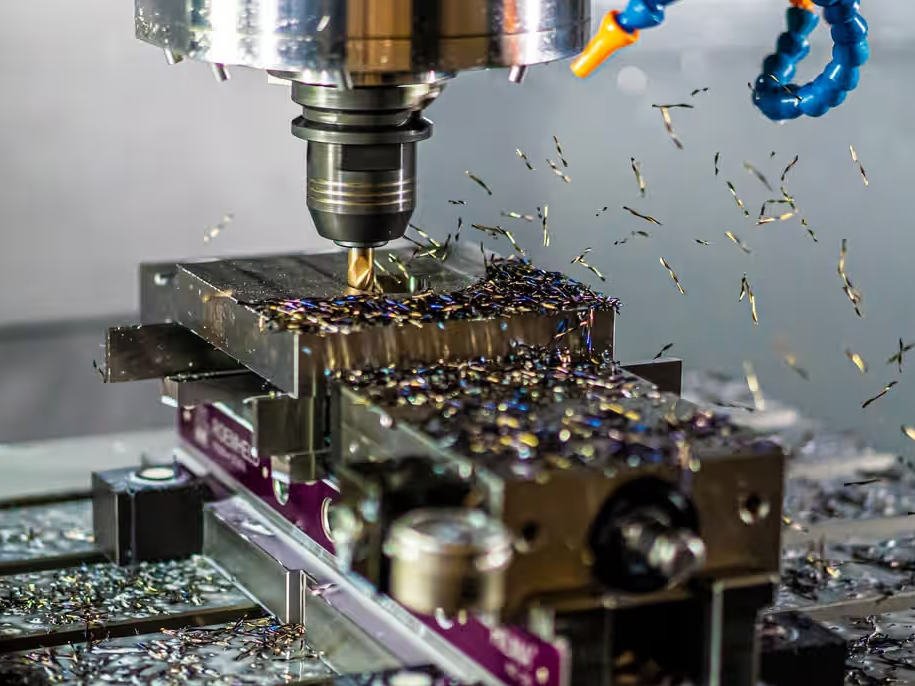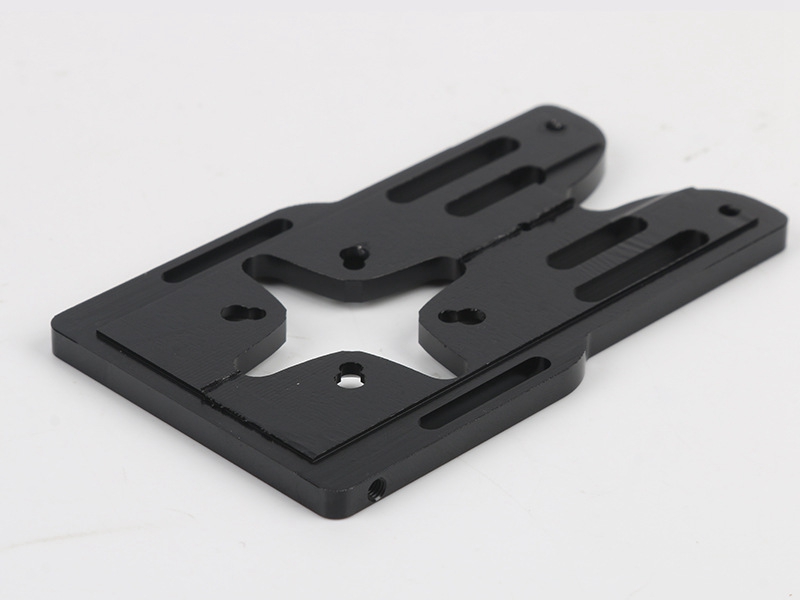How do I prevent warping in thin plastic components?
How Do I Prevent Warping in Thin Plastic Components?
Warping is one of the most common issues when CNC milling thin plastic parts, especially those under 3 mm in thickness. At Neway, we address this challenge with a combination of material control, machining strategy, and fixture design. Here’s how to prevent dimensional instability in plastic components during and after machining.
1. Choose Stable, Low-Stress Materials
Different plastics have varying tendencies to warp due to internal stress release, thermal expansion, or moisture absorption.
Use POM (Acetal) or PEEK for their excellent dimensional stability.
Avoid Nylon and ABS for thin walls unless humidity is controlled—both are hygroscopic and prone to post-machining movement.
2. Pre-Dry and Condition Plastic Stock
Many plastics (e.g., PEEK, PA, PC) absorb moisture, which expands the material unevenly. Pre-drying materials at recommended temperatures (e.g., PEEK at 150°C for 3–5 hours) stabilizes their internal structure and reduces warping.
3. Use Symmetrical Machining Strategy
Always rough both sides evenly before finishing. Unbalanced material removal causes stress imbalances, pulling the part toward the heavier-cut side. For plates, alternate face cuts and flip parts after each major pass to release internal tension evenly.
4. Minimize Heat Generation
Use sharp cutters and high rake angles to reduce cutting resistance.
Reduce spindle speeds for soft plastics and use high feed rates to limit friction.
Apply air blast instead of coolant to prevent thermal shock and moisture absorption.
More info: Plastic CNC Machining
5. Apply Vacuum or Form-Fit Fixturing
Thin plastic parts distort easily if clamped with point or edge pressure. Use:
Vacuum fixtures for full-surface support
Custom soft jaws or sacrificial plates that mirror the part profile
Low-force workholding to avoid pre-loading internal stress
6. Leave Final Passes for Dimensional Accuracy
Rough to 0.3–0.5 mm from the final dimension, let the part rest (stress relieve), then finish in a single pass. This step ensures material has already relaxed before critical features are finalized.
Example: 2 mm Thick Polycarbonate Cover Plate
Without optimized strategy, deviation was 0.35 mm across 200 mm length. After applying symmetrical roughing, pre-drying, and vacuum fixturing, flatness improved to within 0.08 mm.
Manufacturing Services You May Need
Neway specializes in plastic CNC machining of thin-walled, precision components. We offer full support in POM, PEEK, polycarbonate, and other technical polymers with advanced fixture design and ±0.01 mm tolerance control.



